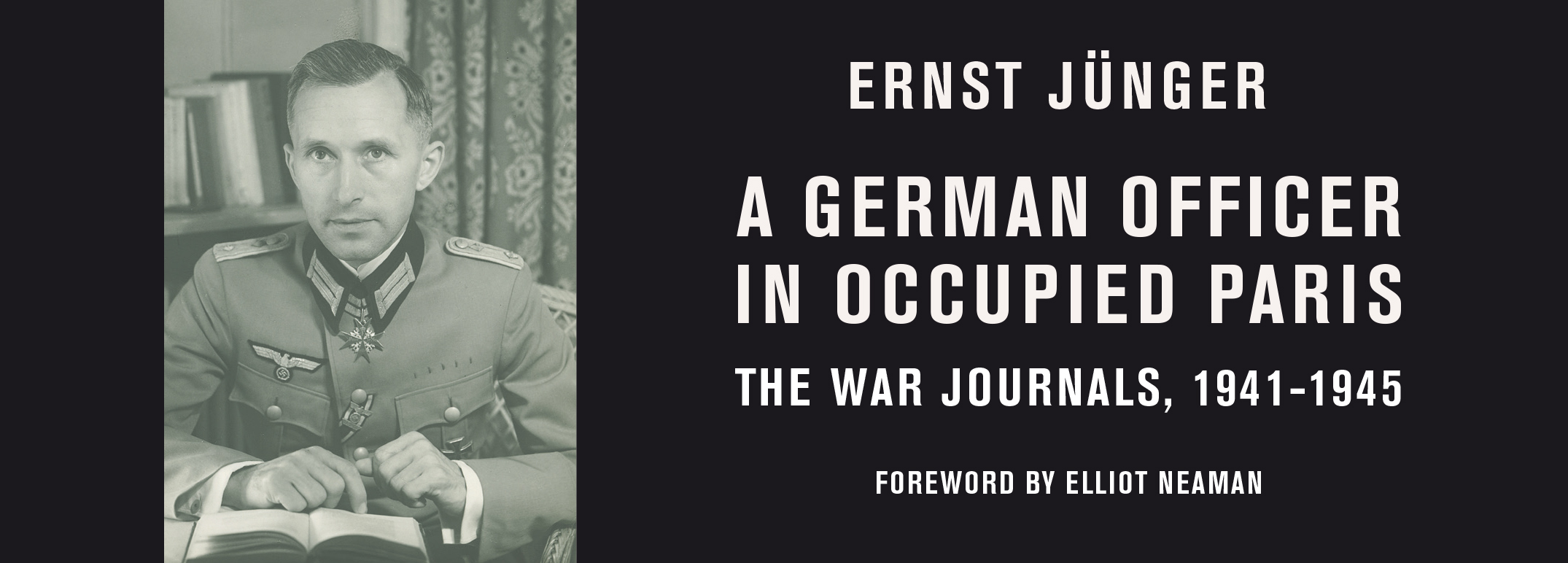Peter Decherney on Copyright and the Netroots Movment
“This netroots infrastructure has proven to be an important corrective to the backroom policymaking of the past.”—Peter Decherney
In the conclusion to Hollywood’s Copyright Wars: From Edison to the Internet, Peter Decherney looks at how academics and netroots movements are shaping the debate regarding copyright. Decherney argues that these groups have offered an important corrective allowing for greater fair use.
“Copyright lobbying is not a sport for amateurs,” proclaimed legal scholar Jessica Litman after the passage of the 1998 Digital Millennium Copyright Act (DMCA). Litman neatly and accurately summarized the previous 300 years of copyright history.
Both inside and outside of universities, a series of new organizations took advantage of the internet’s ability to form activist communities. The copyright policymaking process had frustrated the American Library Association for a long time. But after the passage of the DMCA, they created a polished new website that allowed their members to quickly learn about policy issues affecting libraries and to reach out to their representatives with a few clicks of a mouse. In 2001 the ALA was joined by two extremely influential organizations: the Washington, D.C.-based public interest lobbying firm Public Knowledge and the San Francisco-based Creative Commons. Public Knowledge quickly became a hub of information about copyright and telecommunications policy through its blog, podcast, newsletter, and explanatory internet videos. And its cofounder Gigi Sohn tirelessly testifies before Congress about a myriad of issues and works behind the scenes to inform congressional staffers about how new policies will affect consumers.
Creative Commons gives out free licenses that artists, bloggers, and others can attach to their work in order to give away some of the rights that the Copyright Act automatically grants them. A filmmaker, for example, may decide to attach a Creative Commons license to her work, allowing others to show it in not-for-profit settings and increasing the film’s audience. Or a musician might use a Creative Commons license to allow other musicians to make their own remixes of his original compositions, facilitating a creative exchange that can be stifled by copyright law. Creative Commons licenses took off quickly. By 2003, over a million websites used the organization’s licenses, and by 2009 there were more than 350 million Creative Commons licenses in over fifty countries. The Creative Commons’ metrics not only measure the success of the organization, they also measure the spread of copyright awareness and, for the most part, the growth of sharing communities. In one notable exception, media scholar Bingchun Meng has shown that, in China, Creative Commons licenses are often attached to blogs and other sites to claim rather than release specific rights. Whether the licenses are used to claim or relinquish rights, however, their prevalence is a clear indication of the growing importance and prominence of copyright law to the lives of amateur creators.
In addition to Public Knowledge and the Creative Commons, the Electronic Frontier Foundation has maintained its role as a leading advocate for consumer rights and the public interest. And other organizations like the Center for Social Media, the Project on Information Justice and Intellectual Property (both housed at American University), and the Organization for Transformative Works have reached out to communities that depend on fair use. These organizations have worked to educate creators, scholars, and archivists.
This netroots infrastructure has proven to be an important corrective to the backroom policymaking of the past. Every new intellectual property bill that appears on a House of Representatives or Senate committee’s docket now receives an Electronic Frontier Foundation blog post or a Free Press article. The Motion Picture Association of America’s statements about piracy’s damage to the movie industry are countered with studies demonstrating the value of fair use to the U.S. economy. When the Federal Communications Commission adopted a rule giving movie studios more control over the devices that could play their content, Public Knowledge and other organizations led a successful charge to have the rule overturned in court. When Hollywood studios and other big content companies attempted to negotiate a new transnational agreement in secret, the copyright reform movement successfully demanded the release of the sealed documents and a more transparent negotiating process. It is not just the activists who support more generous copyright policies that have taken advantage of information networks. Many artists who want longer copyright terms and tighter restrictions have organized as well. Some of the strongest opposition to the orphan works bill, for example, came from commercial photographers, who worried that the legislation would cut into their ability to exploit their copyrighted works. Netroots has brought a wide range of new communities of creators and consumers into the debate over copyright policy.
In the short term, all of these new voices have led to a stalemate. Copyright reform activists on both sides of the issues have been successful at blocking or overturning unwanted legislation, but they have been less successful at pushing new policies through Congress. With so much public scrutiny and with one party or another invariably opposed to any new piece of legislation, the gears of copyright policymaking have slowed down. But this is just one phase of a system in transition. More of the constituencies affected by copyright law are now represented at the negotiating table, and there is greater transparency in the policymaking process. In the long run, the inclusion of more stakeholders will inevitably lead to better policy and a more perfectly balanced copyright system. The future of copyright is surprisingly bright.


